We know that RV users are as individual as their machines. If you are looking to upgrade from tenting into the world of RVs there are choices for almost any budget – and chances are good one of them will be the right fit for your lifestyle.
Here is some basic information about the most common categories of RVs to help you decide on the best rig for you.
Tip: Consider renting one or two different types before deciding exactly which type you want.
Motorhome RVs
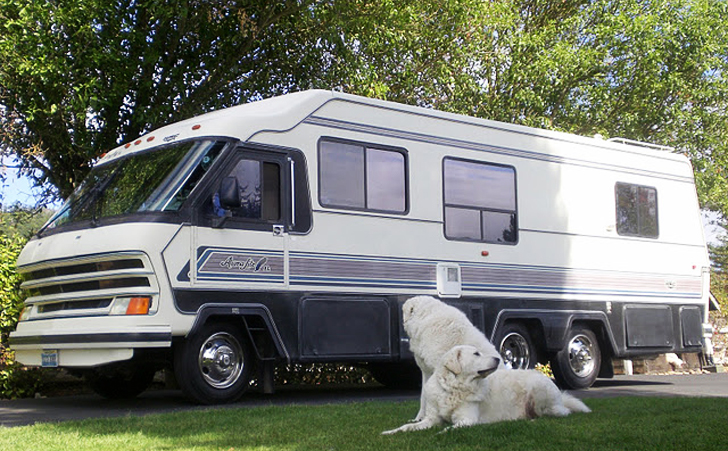
The motorhome category includes everything from gigantic motor coaches over 60 feet long to today’s smaller Class B RVs (with many of them based on vehicles such as the minivan and Sprinter). Motorhomes have an average cost of $122,000 according to axlegeeks, but price varies widely depending on size and amenities.
The benefits of the motorhome class include having your entire camping experience integrated into an enclosed space that drives under its own power. Motorhomes typically include full kitchens and baths and can be completely self-sufficient for short-term camping.
On the downside, these machines typically require a lot of space, so depending on size they may not fit into every campground. Fuel efficiency is lacking, so some of what you save in lodging will be spent getting there. They also require maintenance and must be stored in an RV port or outdoor storage facility when not in use.
Fifth Wheel Trailers
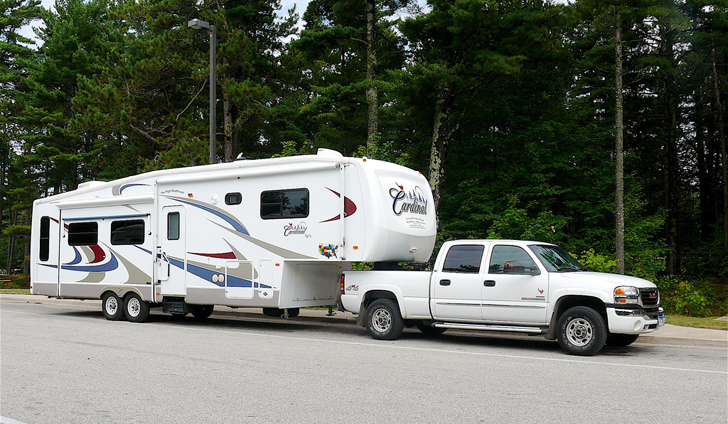
The largest of the non-motorized RVs is the fifth wheel trailer. They range in size from 25 to 45 feet in length. Fifth wheel trailers usually have all of the creature comforts common to motorhomes, but at a fraction of the cost. The typical price for one of these campers is between $15,000 to $120,000.
Fifth wheel campers commonly contain full kitchens, queen sized master suites, full baths and lots of storage. They range from luxury to bare bones in the interior design department, and will typically sleep up to six adults comfortably, depending on the setup.
The biggest downside is that fifth wheels require a specialized trailer hookup, meaning that you will need a truck with a fifth wheel towing package.
Bumper Pull Trailers
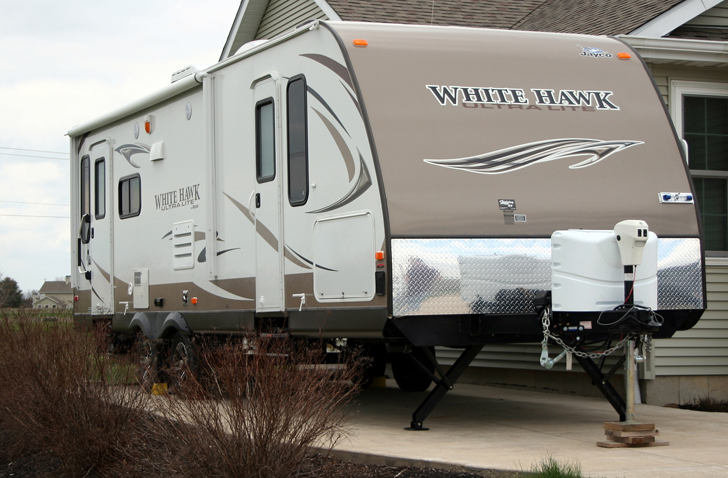
Bumper pull campers are usually somewhat smaller than fifth wheel trailers. They usually range from 12 feet long on the short side to 40 feet long on the top end. These are the campers for the ‘everyman’. Since they can be pulled with a standard bumper hitch and almost any vehicle, chances are good you won’t have to buy a special truck to haul a bumper pull trailer.
Since they’re smaller, they often don’t have fresh water tanks or septic units. This means that you’ll probably need hookups if you intend to stay in one location for long. Convenience may not be their strong suit, but affordability is. They start at about $8,000, and for $60,000 you can get one with all the amenities of a fifth wheel.
Teardrop Campers
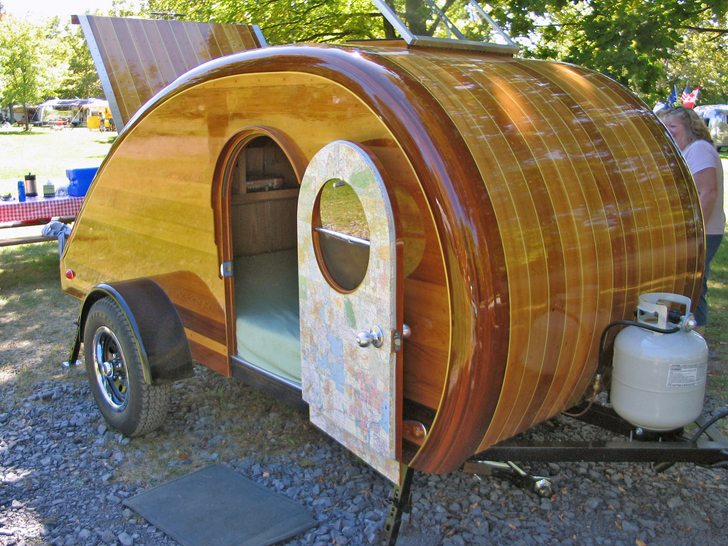
Don Stucke
If you only need sleeping space for one or two and don’t mind using outside services for cooking and bathing, a teardrop camper may be just what you need.
For fuel efficiency and affordability, the teardrop cannot be beat. They usually range in price from $3,000 to $10,000. At just 7 to 15 feet long, a teardrop camper is highly maneuverable, making them ideal for off-the-beaten-path camping. Able to be pulled by almost any vehicle, these campers are the closest thing to a simple, hard-sided tent on wheels.
Popup Campers
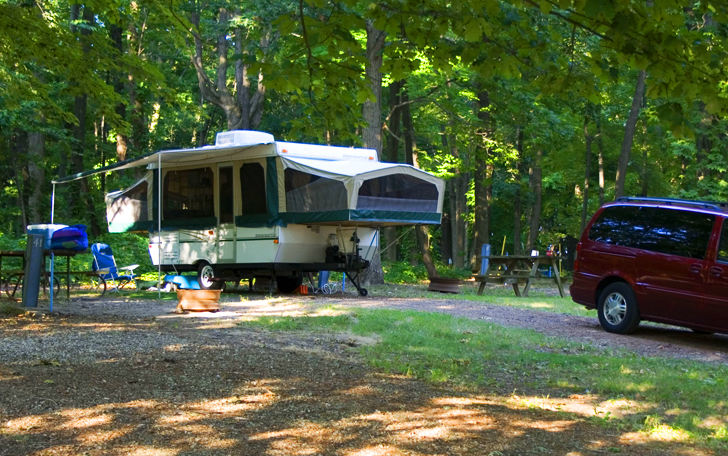
At $3,000 to $15,000, the popup camper is the perfect RV for a family on a budget. At 8 to 18 feet in length, popup campers fold out to sleep from 2 to 8. Many feature kitchens and baths and other amenities such as a rooftop A/C unit.
These campers are typically built into boxes about 4 feet high that can be towed behind most vehicles. The downsides are setup time, and the fact that the soft sides do not provide the same privacy and comfort as a hard sided RV.




No truck campers?